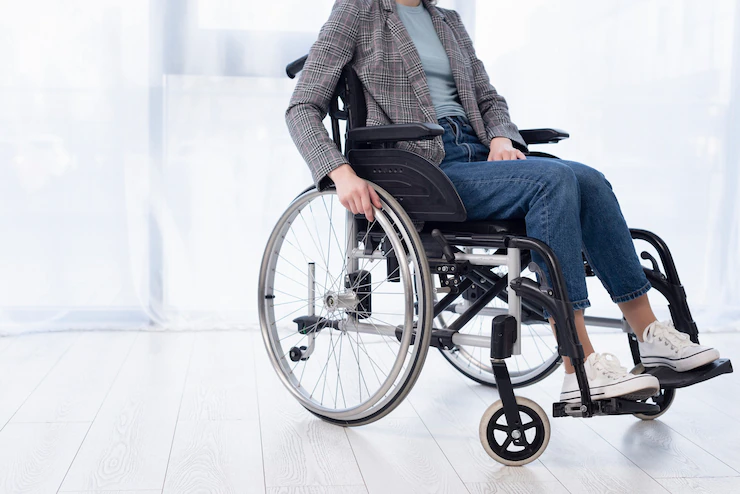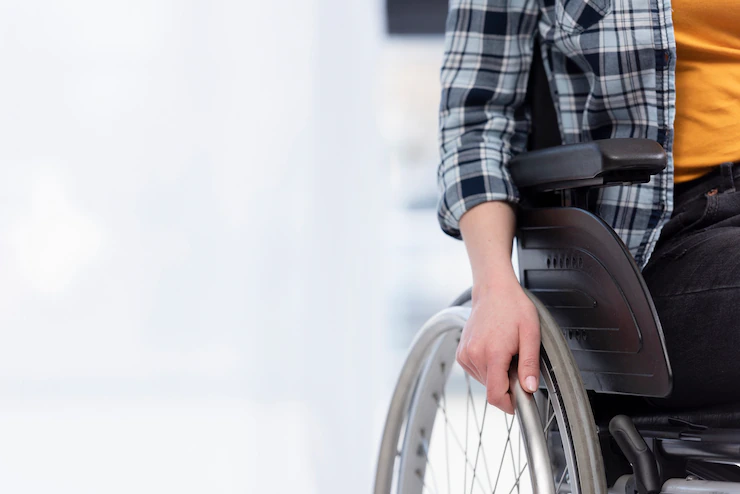Different Types Of Safety And Mobility Aids
Mobility aids give people who have trouble moving more flexibility and independence. They are typically used by those with disabilities or injuries, older folks at higher risk of falling, or both.
People using this equipment have more independence, experience less discomfort, and experience greater confidence and self-esteem.
To accommodate people’s needs, a variety of mobility aids are available at https://www.safetyandmobility.com.au/, ranging from wheelchairs and stair lifts to canes and crutches.
Importance of Mobility Aid
Custom-made wheelchairs, rollators, motorised wheelchairs, walking sticks, walking frames, and crutches are just a few of the mobility aids that are now readily available. The elderly and vulnerable have always seen a different perspective on healthy living.

There are times when one must opt for practical items that could aid them in their “turn” towards independence to assist them with these guides. The level of assistance that mobility aids can offer varies.
A person’s needs should be considered while choosing the most common and appropriate type of mobility equipment, from pelvic care to contractual load on lower limbs.
Such devices always have a specific technique for carrying out tasks that concentrate on applying weight to the affected area without stressing the afflicted components.
Who can use a mobility device?
Mobility aids are beneficial for anyone who has a mobility impairment, whether it is short-term or long-term. The type of mobility aid utilized will depend on the demands of the individual.

This may include:
- arthritis
- a cryptic palsy
- developmental alterations
- diabetes wounds and ulcers
- having trouble staying balanced
- lower limb fractures or shattered bones
- gout
- lung or heart problems
- damage to the feet, legs, or back
- obesity
- spin Bifida
- A sprain or a strain
- Walking impairment is brought on by a stroke or brain injury.
- impairment of vision or blindness
1. Canes

Like splints, canes aid the transfer of weight from the knees to the upper body by supporting the body’s weight.
They put more strain on the hands and wrists than crutches but also take less pressure off the lower body.
Assistive canes are helpful for those who have trouble balancing and are in danger of falling.
2. Wheelchair

People who ought to not put any weight upon their lower extremities or that are unable to stroll use wheelchairs. They might be more appropriate than walkers for those with physical impairments or when transport over long distances is needed.
Wheelchairs can be physically pushed by the operator, pushed by another person, or driven by electricity. In 2016, a wheelchair with neural impulse propulsion was created.
Standing chairs, which support users in a nearly standing posture, and sports mobility scooters, created for use during particular sports, are two examples of specialized wheelchairs.
3. Walkers

Zimmer frames, also called walkers, comprise a supporting structure with four legs that support and stabilize the user.
Basic strollers have a 3-sided frame that protects the user. The process is repeated with the frame raised further in front of the user, who then steps forwards to meet it.
Some walkers allow the user to slide the stroller rather than lift it because the base of the legs includes wheels or slides. Those with weak arms will particularly benefit from this.
Conclusion
For these reasons, mobility equipment is produced. The world is open to all. Everyone has access to life. Mobility equipment, which includes wheelchairs, wheelchair hoists for sale, walkers, crutches, stair climbing aids, and much more, supports people and enables them to live independently.
Additionals:
- Beat Addiction at A Texas Rehab Center
- 12 Ways To Improve Your Recovery After Surgery
- What Are Burns? Symptoms, Treatment, And Prevention



